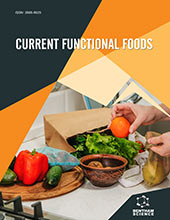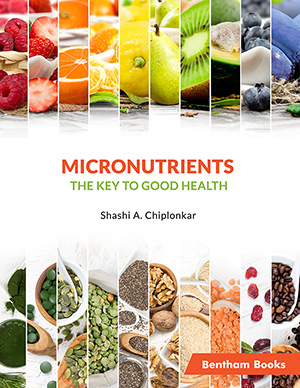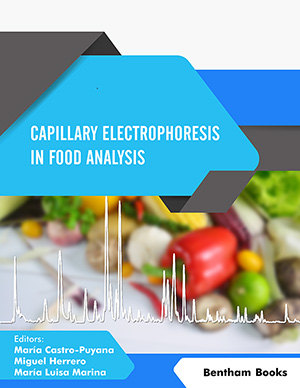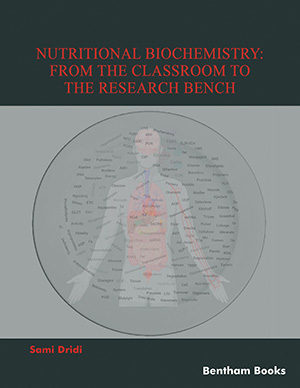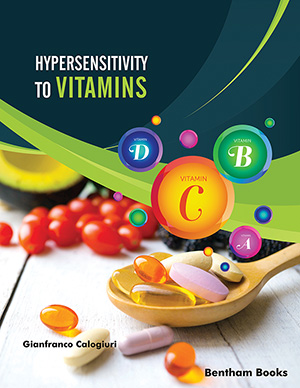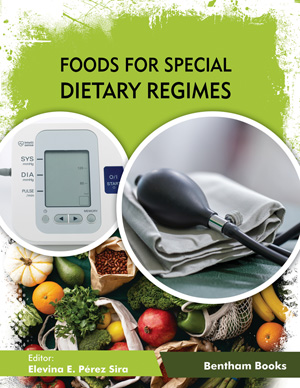
Abstract
The possible beneficial properties of functional foods are due to their content in bioactive ingredients, with specific biological properties. A number of processed functional foods are available in the market - probiotic yogurt, calcium and ω-3 fatty acids enriched orange juice and milk. Simultaneously, new research studies confer potential health benefits of various conventional foods (salmon, berries, green tea, vegetables, fruits, nuts, cereals and breads, etc.) termed as “superfood” which is a marketing term and there is no established medical definition. Following suitable dietary patterns, superfood reduces the risk of degenerative diseases by promoting physical and emotional health. Scientific evidences suggest that superfoods are a dense source of antioxidants, minerals, vitamins and other nutrients. There is insufficient research on the exact explanation of the term ‘superfood’and its health claims by different companies without any legislation. This buzz word has created confusion among consumers, that how much and what quantity should make a food superfood, as no single food may be as nutritious to be stated as a superfood. This article introduces further investigation on superfood which was categorized on the basis of their major constituents and potential health benefits. Further, there is a need for more reviews, researches, clinical trials and human case studies to investigate or test superfood.
Keywords: Dietary intake, functional food, health benefits, health claims, Super power, superfood.
[http://dx.doi.org/10.1016/j.jneb.2011.03.008] [PMID: 21550530]
[http://dx.doi.org/10.1016/j.microc.2013.05.016]
[http://dx.doi.org/10.12944/CRNFSJ.6.3.02]
[http://dx.doi.org/10.1039/C7FO01792H] [PMID: 29557436]
[http://dx.doi.org/10.1177/1469540518773825]
[http://dx.doi.org/10.3945/an.111.000513] [PMID: 22332082]
[http://dx.doi.org/10.4103/0973-7847.65332] [PMID: 22228945]
[http://dx.doi.org/10.1371/journal.pone.0166059] [PMID: 27851787]
[http://dx.doi.org/10.1016/j.foodchem.2010.03.020]
[http://dx.doi.org/10.1016/j.talanta.2008.02.021] [PMID: 18585262]
[http://dx.doi.org/10.3390/ijms11020622] [PMID: 20386657]
[http://dx.doi.org/10.1016/j.foodchem.2016.03.033] [PMID: 27041291]
[http://dx.doi.org/10.1016/S1043-4526(06)52006-6] [PMID: 17425948]
[http://dx.doi.org/10.1590/s1516-8913201500371]
[http://dx.doi.org/10.3390/nu8060361] [PMID: 27294954]
[http://dx.doi.org/10.1016/j.jff.2013.07.011] [PMID: 24443655]
[http://dx.doi.org/10.1080/19476337.2013.769025]
[http://dx.doi.org/10.1002/jsfa.2659]
[http://dx.doi.org/10.1021/jf2044795] [PMID: 22296169]
[http://dx.doi.org/10.1080/10408398.2012.760516] [PMID: 25747270]
[http://dx.doi.org/10.1016/j.foodchem.2016.07.075] [PMID: 27507470]
[http://dx.doi.org/10.1002/mnfr.201600852] [PMID: 28155258]
[http://dx.doi.org/dx.doi: 10.1016/j.jfda.2016.08.002] [PMID: 28911532]
[http://dx.doi.org/10.2174/138945012804545641] [PMID: 23140298]
[http://dx.doi.org/10.1155/2016/2680409] [PMID: 26941822]
[http://dx.doi.org/10.1186/1475-2891-3-5] [PMID: 15140261]
[http://dx.doi.org/10.1021/jf060976g] [PMID: 17061839]
[http://dx.doi.org/10.1038/clpt.2010.263] [PMID: 21170060]
[http://dx.doi.org/10.1161/CIRCULATIONAHA.112.122408] [PMID: 23319811]
[http://dx.doi.org/10.1207/S15327914nc391_20] [PMID: 11588897]
[http://dx.doi.org/10.1021/jf800898p] [PMID: 18662007]
[http://dx.doi.org/10.1111/jpi.12044] [PMID: 23480341]
[http://dx.doi.org/10.1007/s12011-019-01727-1] [PMID: 31030384]
[http://dx.doi.org/10.1080/01635581.2014.852686] [PMID: 24341734]
[http://dx.doi.org/10.1016/j.canlet.2008.04.018] [PMID: 18504070]
[http://dx.doi.org/10.1074/jbc.M111.278127] [PMID: 21778226]
[http://dx.doi.org/10.1207/s15327914nc4801_12] [PMID: 15203382]
[http://dx.doi.org/10.1016/j.heliyon.2020.e03278] [PMID: 31993529]
[http://dx.doi.org/10.1016/j.jfca.2012.04.008]
[http://dx.doi.org/10.1080/10408398.2018.1454400] [PMID: 29557674]
[http://dx.doi.org/10.22159/ajpcr.2018.v11i12.29422]
[http://dx.doi.org/10.1038/s41438-019-0150-6] [PMID: 31231527]
[http://dx.doi.org/10.1001/archopht.124.8.1151] [PMID: 16908818]
[http://dx.doi.org/10.1007/s00299-019-02468-0] [PMID: 31494727]
[http://dx.doi.org/10.5897/JHF2019.0604]
[http://dx.doi.org/10.3390/foods8070246] [PMID: 31284512]
[http://dx.doi.org/10.1016/S2225-4110(16)30099-2] [PMID: 24716132]
[http://dx.doi.org/10.3390/molecules200915827] [PMID: 26334264]
[http://dx.doi.org/10.1161/JAHA.114.000993] [PMID: 25559009]
[http://dx.doi.org/10.1016/j.metabol.2006.10.024] [PMID: 17292730]
[http://dx.doi.org/10.3390/nu9040401] [PMID: 28422064]
[http://dx.doi.org/10.3797/scipharm.0912-18] [PMID: 21179340]
[http://dx.doi.org/10.1186/s12970-016-0133-z] [PMID: 27231439]
[http://dx.doi.org/10.1108/00070701211219559]
[http://dx.doi.org/10.1051/ocl/2018018]
[http://dx.doi.org/10.1111/nure.12033] [PMID: 23731447]
[http://dx.doi.org/10.3390/nu11061242] [PMID: 31159190]
[http://dx.doi.org/10.1016/j.jcs.2016.05.004]
[http://dx.doi.org/10.3390/ijms131012952] [PMID: 23202932]
[http://dx.doi.org/10.4236/fns.2015.62027]
[http://dx.doi.org/10.1080/10942912.2017.1287192]
[http://dx.doi.org/10.3390/nu7085273] [PMID: 26225995]
[http://dx.doi.org/10.3390/foods6100092] [PMID: 29065496]
[http://dx.doi.org/10.1155/2014/642942] [PMID: 24817901]
[http://dx.doi.org/10.1097/NT.0000000000000267]
[http://dx.doi.org/10.1097/NT.0000000000000139]
[http://dx.doi.org/www.goodpet.com.]
[http://dx.doi.org/www.gopetplan.com.]
[http://dx.doi.org/10.4236/fns.2018.97065]
[http://dx.doi.org/10.1093/aje/kws478] [PMID: 23813701]
[http://dx.doi.org/10.3390/md15010004] [PMID: 28085023]
[http://dx.doi.org/10.36380/jwpr.2019.9]
[http://dx.doi.org/divinehealthfromtheinsideout.com/2010/09/oysters-a-nutrient-dense-super-food/Lydia 2010.]
[http://dx.doi.org/10.5937/FFR1702101M]
[http://dx.doi.org/10.1590/fst.39218]
 89
89










